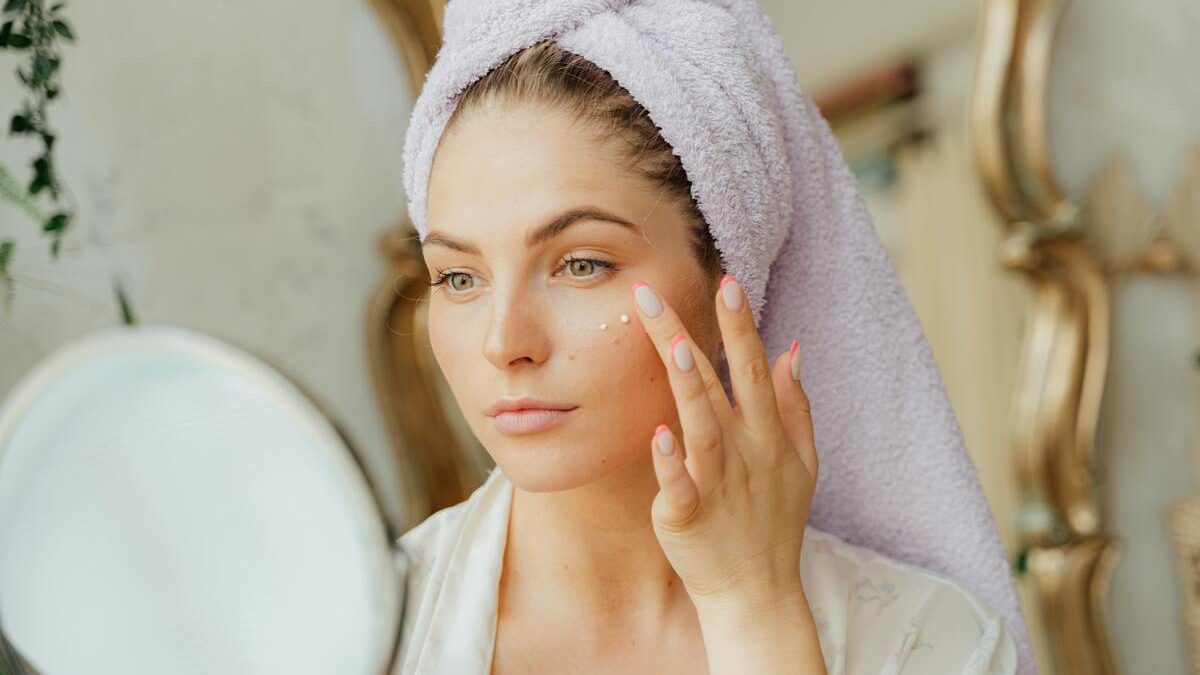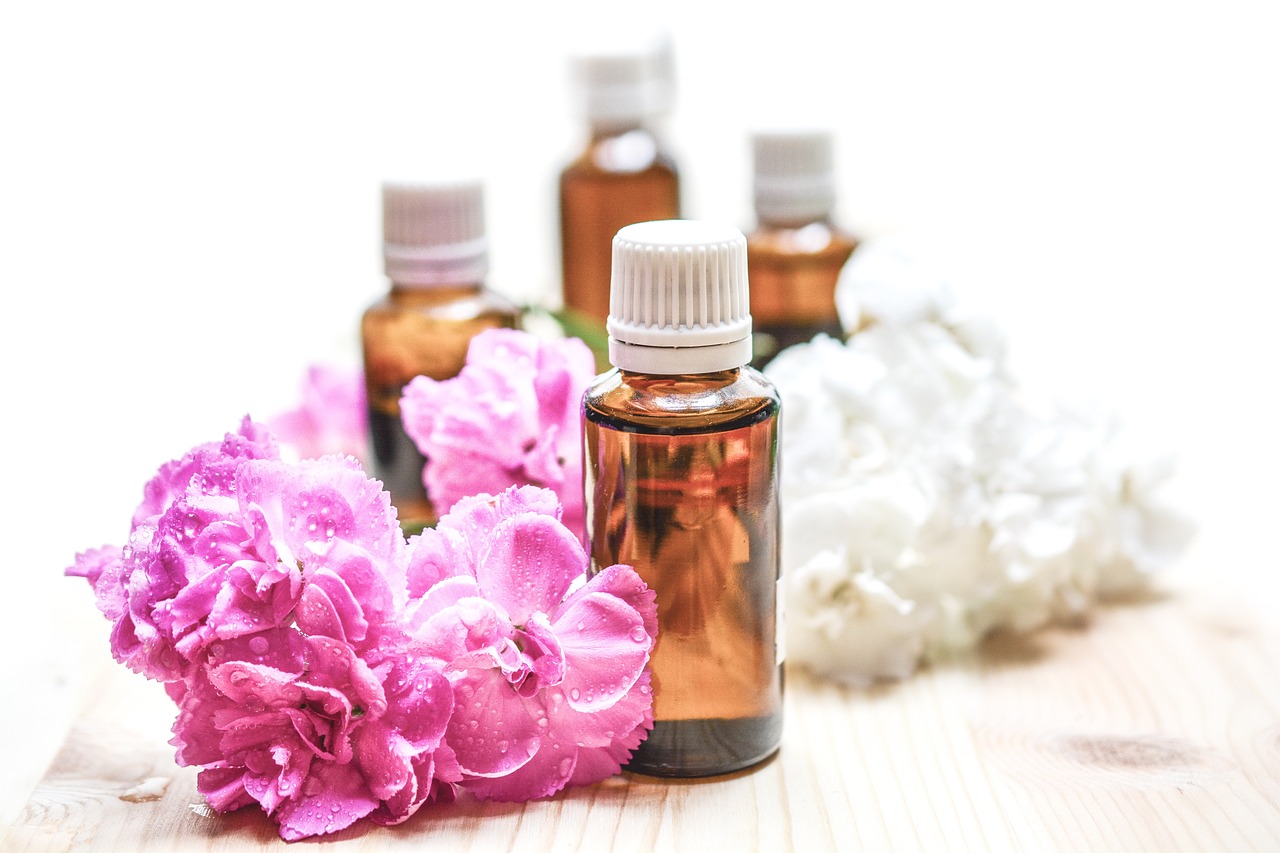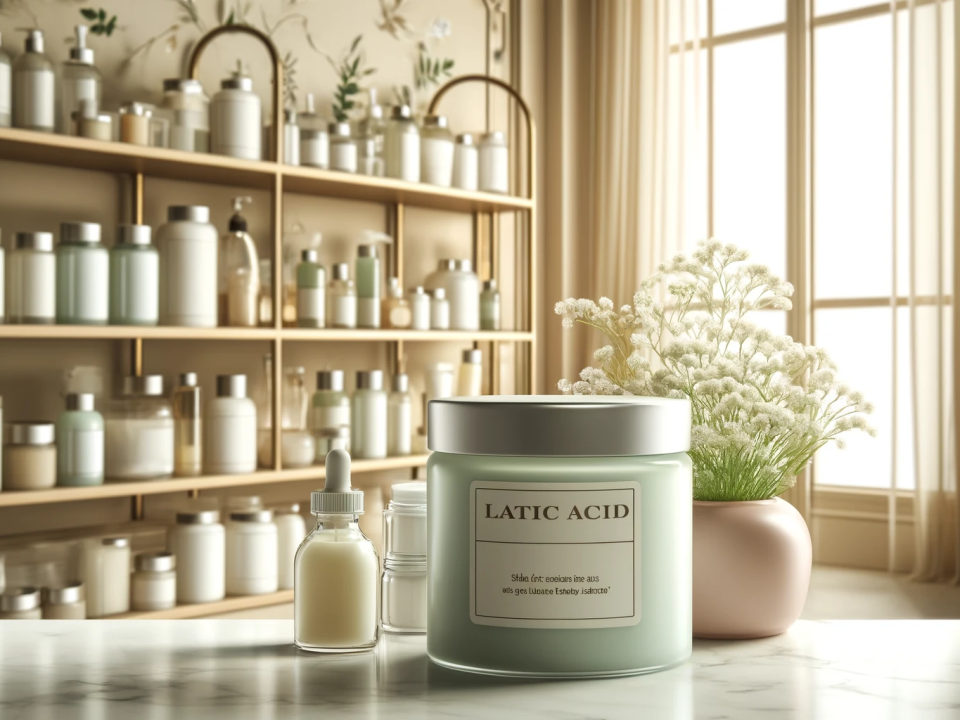
Can Lactic Acid Brighten Your Skin?
May 9, 2024
What Should You Avoid Mixing With Lactic Acid?
May 9, 2024For those seeking a gentle approach to skin exfoliation, lactic acid emerges as a top choice. This organic acid occurs naturally in select fruits and vegetables, offering a mild yet effective exfoliating action. You’ll encounter it in various cosmetic formulations like serums, lotions, and creams. Wondering about the ideal frequency and timing for incorporating lactic acid products into your skincare regimen? Let’s delve into that.
Why Lactic Acid is Your Skin’s Best Ally
Lactic acid, belonging to the alpha-hydroxy acid (AHA) group, is a naturally occurring compound within the skin, generated by beneficial bacteria in the skin flora, earning it the classification of a post-biotic. Beyond its presence in the skin, lactic acid can also be sourced from specific foods like sugar cane and wine.
When it comes to skincare, lactic acid is a star ingredient found in various products like serums, tonics, and creams. Its keratolytic properties make it highly sought after, as it effectively removes dead skin cells from the epidermis, promoting faster cell turnover. This powerhouse ingredient not only addresses signs of aging such as wrinkles and fine lines but also tackles common skin concerns like acne, blackheads, and post-acne spots. Moreover, besides its exfoliating prowess, lactic acid also helps in maintaining the skin’s hydration levels due to its hygroscopic nature. Scientific research further backs its efficacy, revealing its ability to inhibit the enzyme responsible for melanin production, thereby aiding in depigmentation. With its multifaceted benefits, lactic acid stands out as a must-have in any skincare routine aiming for youthful, radiant skin.
In comparison to other alpha hydroxy acids (AHAs) like glycolic acid, lactic acid offers a gentler exfoliation for the skin. While glycolic acid can penetrate deep into the epidermis, potentially leading to irritation, lactic acid primarily works on the surface layer. This is attributed to its higher molecular weight, which restricts its penetration into the epidermis. Furthermore, as lactic acid is a naturally occurring molecule in the skin, found in the Natural Moisture Factor (NMF), it tends to be better tolerated by the skin, enhancing its suitability for a wide range of skin types.
Therefore, lactic acid emerges as a mild exfoliant suitable for all skin types, including the most sensitive ones. Its ability to promote cellular renewal while simultaneously preserving the skin’s hydration levels makes it a versatile and beneficial ingredient in skincare routines.
What’s the Best Way to Apply Lactic Acid in Your Everyday Skincare?
Lactic acid for skin possesses photosensitizing properties, heightening its sensitivity to UV rays. To mitigate the risk of sunburn or irritation, it’s advisable to incorporate lactic acid treatments solely into your evening skincare regimen. Additionally, during the evening, cellular regeneration peaks (between 11 pm and 2 am), enhancing the efficacy of lactic acid treatments. Following application, remember to apply a broad-spectrum sunscreen the following morning to shield your skin from the sun’s harmful UV rays effectively.
How Frequently Should You Use Lactic Acid?
When incorporating a lactic acid treatment into your skincare routine, it’s typically advised to apply it once daily, ideally during your evening regimen. Initially, you might notice some mild redness after the first few applications as your skin adjusts to the treatment. However, this reaction is temporary and tends to diminish with continued use. Should the redness persist or become bothersome, it’s advisable to reduce the frequency of application for a few days to allow your skin to acclimate, or consider discontinuing the use of lactic acid products altogether.
What’s the Recommended Duration for Lactic Acid Usage?
Incorporating this active ingredient into your nightly beauty regimen on a daily basis is recommended. Its gentle nature makes it suitable for all skin types, with no specified maximum duration of use. Whether you’re dealing with sensitive skin or have a specific skincare concern, this acid offers a gentle yet effective option for consistent use.
Lactic Acid Products by Skin Beauty Solutions
Unveil the true potential of your skin with Skin Beauty Solutions’ Lactic Acid Skin Peel, a transformative skincare treatment crafted to breathe new life into your complexion. Harnessing the power of lactic acid, a natural alpha hydroxy acid (AHA) renowned for its exfoliating properties, this peel offers a multi-faceted approach to skincare, targeting a myriad of concerns to leave you with a luminous, youthful glow.
As the outermost layer of our skin accumulates dead cells, dirt, and impurities over time, it’s essential to incorporate effective exfoliation into your skincare routine. The Lactic Acid Skin Peel gently yet effectively removes these surface-level imperfections, revealing the fresh, radiant skin beneath. Unlike harsher chemical peels, which can cause irritation and discomfort, our formulation prioritizes skin health, delivering results without compromising on safety or comfort.
Whether you’re troubled by stubborn acne scars, fine lines, sun damage, or an uneven skin tone, our peel offers a comprehensive solution tailored to your needs. By encouraging cell turnover and collagen production, lactic acid helps to fade discoloration, smooth texture, and minimize the appearance of imperfections, resulting in a more refined and youthful complexion. With multiple strengths available, you have the flexibility to customize your treatment according to your skin’s sensitivity and tolerance, ensuring optimal results with minimal risk of adverse reactions.
At Skin Beauty Solutions, we’re committed to empowering you to embrace your skin’s natural beauty. With our Lactic Acid Skin Peel, you can embark on a journey towards healthier, more radiant skin, confident in the knowledge that you’re giving your complexion the care it deserves. Transform your skincare routine and discover the radiant complexion you’ve always dreamed of with Skin Beauty Solutions.
FAQ
What Should I expect?
AHAs, or alpha hydroxy acids, may induce slight redness in some individuals, with minimal to no flaking observed. Typically, downtime is not necessary following AHA peels, allowing you to promptly resume your regular daily activities. This aspect makes AHAs a convenient choice for those seeking effective exfoliation without significant interruption to their routines.
How long do chemical peels take?
The duration of most peels is typically brief, often taking only a few minutes to complete, although this can vary based on the size of the treatment area. This efficient process makes peels a convenient option for individuals seeking to enhance their skincare routine without committing to lengthy procedures.
How are chemical peels performed?
Chemical peels come in various types, each with its own unique application method. However, as a general rule, the process typically commences with thorough cleansing of the skin to remove any impurities. Subsequently, the appropriate peel solution is carefully applied to the skin, tailored to the specific needs and goals of the individual. This initial cleansing step ensures optimal penetration and effectiveness of the peel, setting the stage for a successful treatment outcome.
What should I use at home to maintain the condition of my skin after a chemical peel?
Following a chemical peel, maintaining adequate moisture levels in the skin is crucial for promoting faster healing and ensuring optimal results. It’s advisable to use a moisturizer that is fragrance-free and devoid of exfoliants to minimize potential irritation. Our recommended products for post-peel care include our All-Natural Squalane Oils and Niacinamide B3 Serum, both of which provide nourishment and hydration without compromising the skin’s delicate balance.









